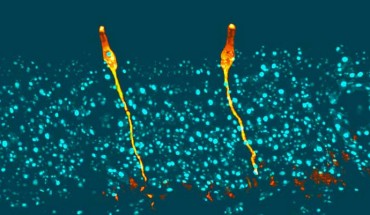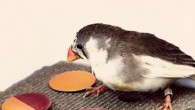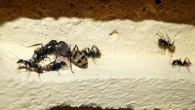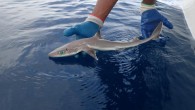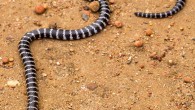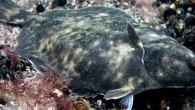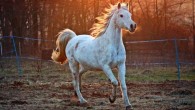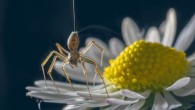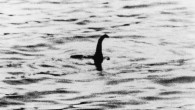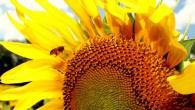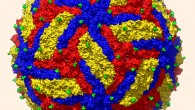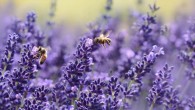Two independent teams of scientists have identified a rare cell type in airway tissue — previously uncharacterized in the literature — that appears to play a key role in the biology of cystic fibrosis, a multiorgan disease that affects more than 70,000 people worldwide. Named pulmonary ionocytes, these cells appear to be the primary source of activity of a gene called cystic fibrosis transmembrane conductance regulator (CFTR), mutations...

